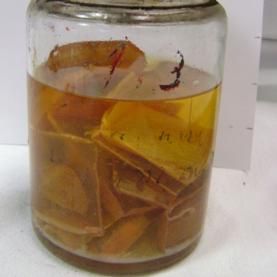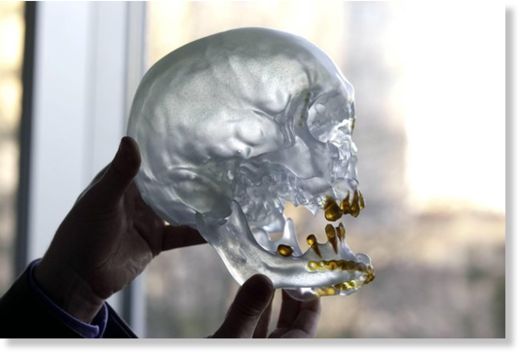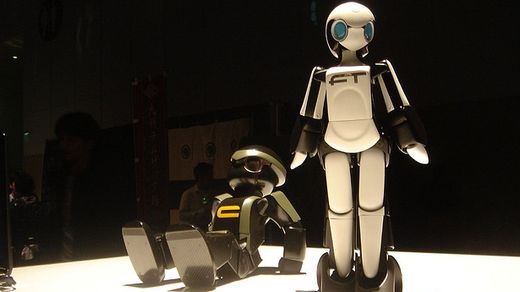
Among the bloodletting boxes, ether inhalers, kangaroo-tendon sutures and other artifacts stored at the Indiana Medical History Museum in Indianapolis are hundreds of scuffed-up canning jars full of dingy yellow liquid and chunks of human brains.
Until the late 1960s the museum was the pathology department of the Central Indiana Hospital for the Insane. The bits of brain in the jars were collected during patient autopsies performed between 1896 and 1938. Most of the jars sat on a shelf until the summer of 2010, when Indiana University School of Medicine pathologist George Sandusky began popping off the lids.
Frustrated by a dearth of postmortem brain donations from people with mental illness, Sandusky - who is on the board of directors at the museum - seized the chance to search this neglected collection for genes that contribute to mental disorders.










